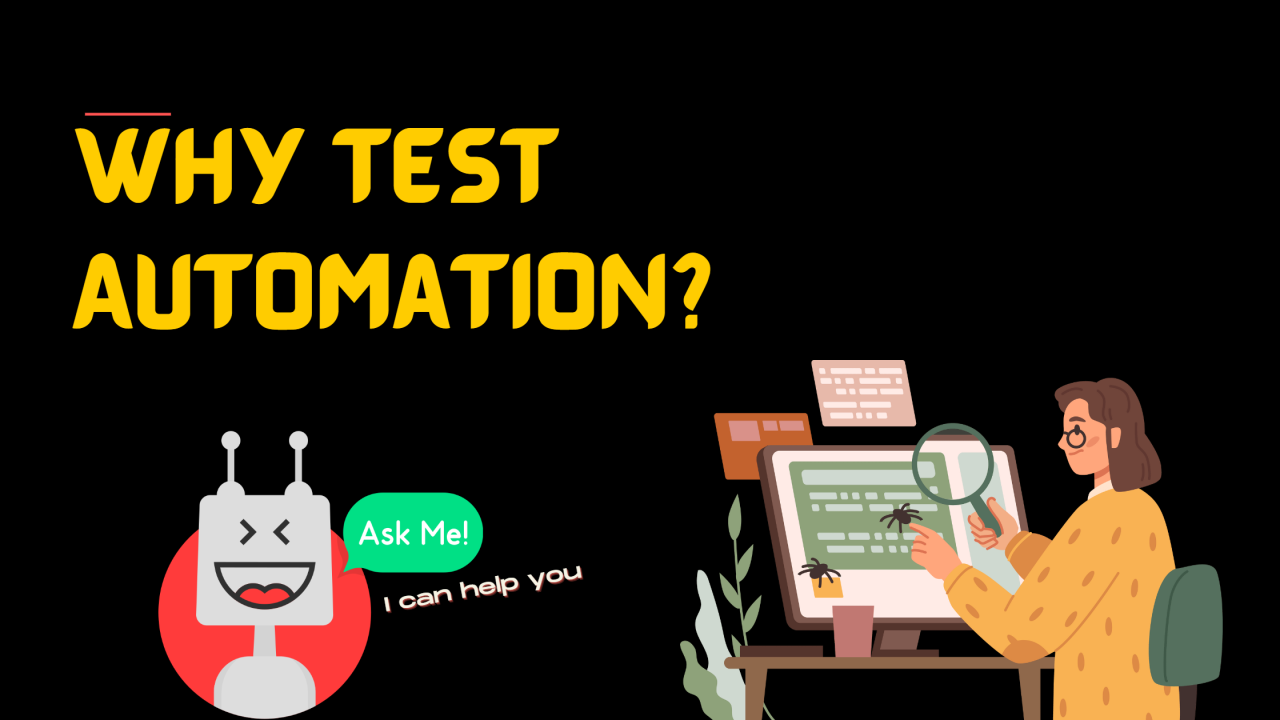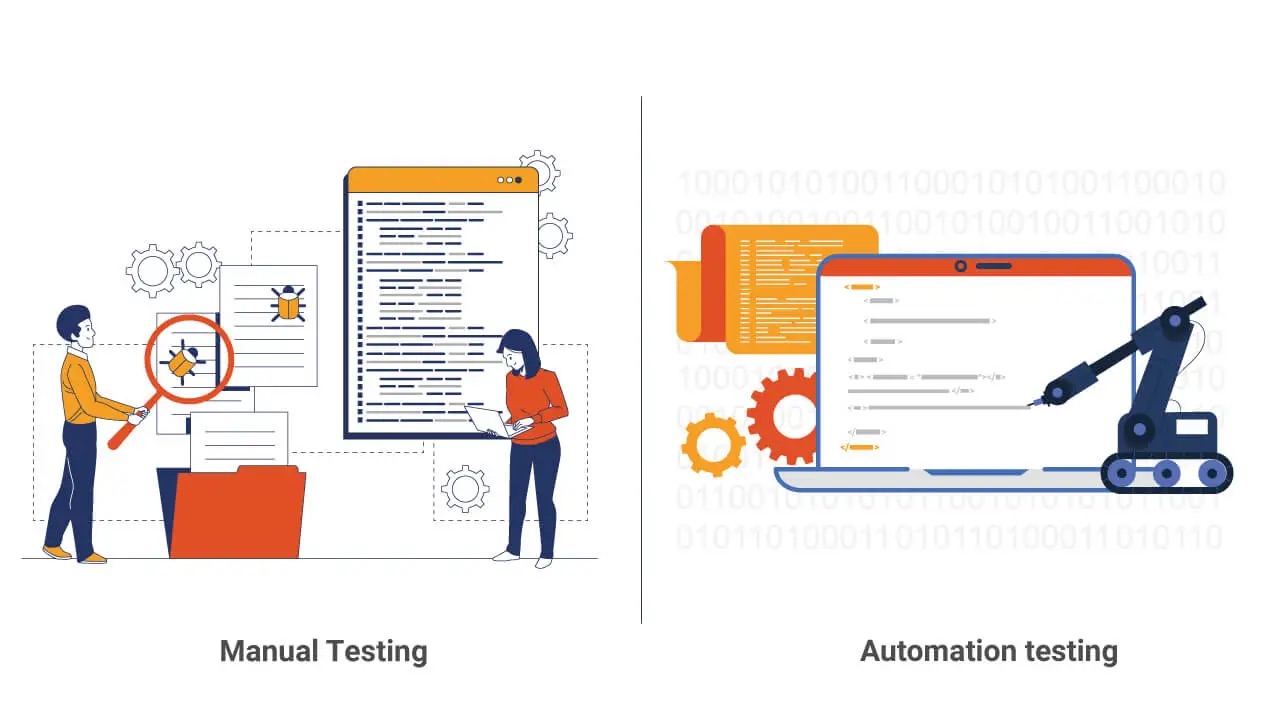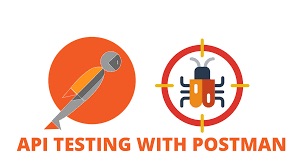In today's interconnected world,
APIs serve as the backbone of many
applications, enabling them to
communicate and share data. Ensuring
that these APIs work correctly and
efficiently is essential for
delivering a seamless user
experience. Postman is a powerful
tool that simplifies API testing,
offering capabilities for both
manual testing and advanced
scripting to automate and enhance
the testing process.
What is Postman?
Postman is a versatile API testing
tool that allows developers and
testers to send requests to APIs,
validate responses, and automate
workflows. It provides a
user-friendly interface to manually
interact with APIs and powerful
scripting capabilities for more
complex scenarios. Whether you're
testing REST, SOAP, or GraphQL APIs,
Postman is an essential tool in your
testing toolkit.
Manual API Testing with
Postman:
At its core, Postman makes it easy
to manually test APIs by sending
HTTP requests and inspecting the
responses. Here's how to get
started:
-
Creating a Request:
In Postman, you can create a new
request by selecting the HTTP
method (GET, POST, PUT, DELETE,
etc.) and entering the API
endpoint. You can add headers,
query parameters, and a request
body as needed.
-
Inspecting
Responses:
Once the request is sent,
Postman displays the response
status, headers, and body. You
can validate that the API is
returning the expected data and
status codes, making it easy to
identify issues.
-
Collections:
Postman allows you to organize
requests into collections,
making it easy to group related
requests and run them together.
Collections can be shared with
team members, enabling
collaboration on API testing.
Automating API Testing with
Postman Scripts:
While manual testing is useful for
quick checks, Postman’s scripting
capabilities allow you to automate
API tests and perform more complex
validations. Postman scripts can be
written in JavaScript and are
divided into two main types:
pre-request scripts and test
scripts.
Pre-request Scripts:
These scripts are executed before
the request is sent. They can be
used to set up the environment,
modify request parameters, or
generate dynamic data.
// Example: Setting a dynamic
timestamp
const timestamp = new
Date().toISOString();
pm.environment.set("currentTimestamp",
timestamp);
Test Scripts:
Test scripts are executed after the
response is received. They are used
to validate the response data,
status codes, headers, and more.
Postman provides a variety of
built-in functions and keywords to
facilitate these checks.
// Example: Validating the
response status and data
pm.test("Status code is 200",
function () {
pm.response.to.have.status(200);
});
pm.test("Response contains
'success' message", function ()
{
pm.expect(pm.response.json().message).to.eql("success");
});
Key Postman Scripting
Commands:
-
pm.environment.set("variableName",
"value");: Sets an environment variable.
-
pm.environment.get("variableName");: Retrieves an environment
variable.
-
pm.response.to.have.status(code);: Validates the response status
code.
-
pm.response.json();: Parses the response body as
JSON.
-
pm.expect(value).to.eql(expectedValue);: Compares values for equality.
Chaining Requests:
Postman allows you to chain requests
by using the results of one request
in subsequent requests. This is
particularly useful for testing
complex API workflows.
// Example: Using a token from
one request in the next
const token =
pm.response.json().token;
pm.environment.set("authToken",
token);
Assertions and
Validations:
Postman’s scripting allows for
robust assertions and validations on
various aspects of the response,
such as checking if the response
body contains specific data,
ensuring headers are correct, and
validating response time.
// Example: Validating response
time
pm.test("Response time is less
than 200ms", function () {
pm.expect(pm.response.responseTime).to.be.below(200);
});
// Example: Checking if a header
is present
pm.test("Content-Type header is
present", function () {
pm.response.to.have.header("Content-Type");
});
Advanced Features:
Environment and Global
Variables:
Postman supports environment and
global variables, which can be used
across multiple requests and
collections. This is useful for
managing different environments
(e.g., development, staging,
production).
pm.environment.set("baseUrl",
"https://api.example.com");
pm.globals.set("authToken",
"Bearer abc123");
Data-Driven Testing:
Postman allows you to run
collections with data files (CSV,
JSON), enabling data-driven testing.
This feature is great for testing
multiple scenarios or input
combinations in a single run.
pm.iterationData.get("variableName");
Best Practices for API Testing
with Postman:
-
Keep Scripts
Modular:
Write reusable functions and
store common scripts in Postman
collections to maintain
consistency and reduce
redundancy.
-
Use Environments:
Leverage environment variables
to easily switch between
different testing environments
without modifying the requests.
-
Test Frequently:
Integrate Postman tests into
your CI/CD pipeline to run them
automatically with every code
change, ensuring continuous
quality.
-
Document APIs:
Postman collections can serve as
living documentation for your
APIs, making it easier for team
members to understand and test
the endpoints.
Conclusion:
Postman is a versatile tool that
empowers developers and testers to
ensure API quality through both
manual and automated testing.
Whether you’re conducting a quick
validation or implementing a complex
testing strategy, Postman’s features
and scripting capabilities make it
an indispensable part of your
development workflow. By mastering
Postman, you can enhance the
reliability and performance of your
APIs, ultimately delivering a better
experience to your users.




















